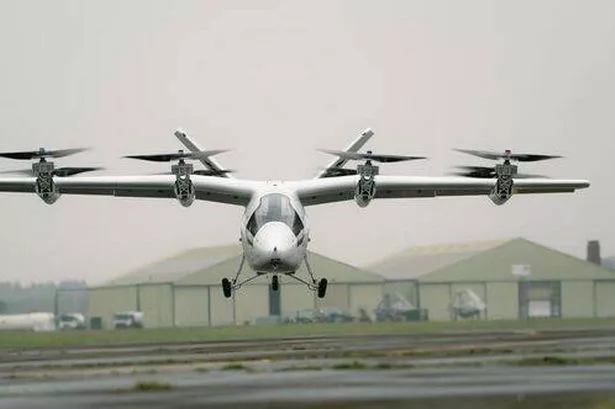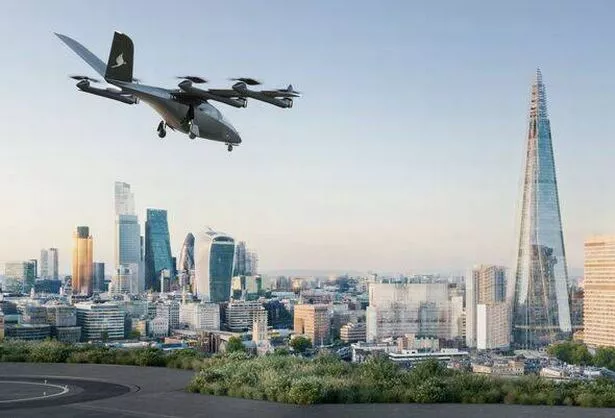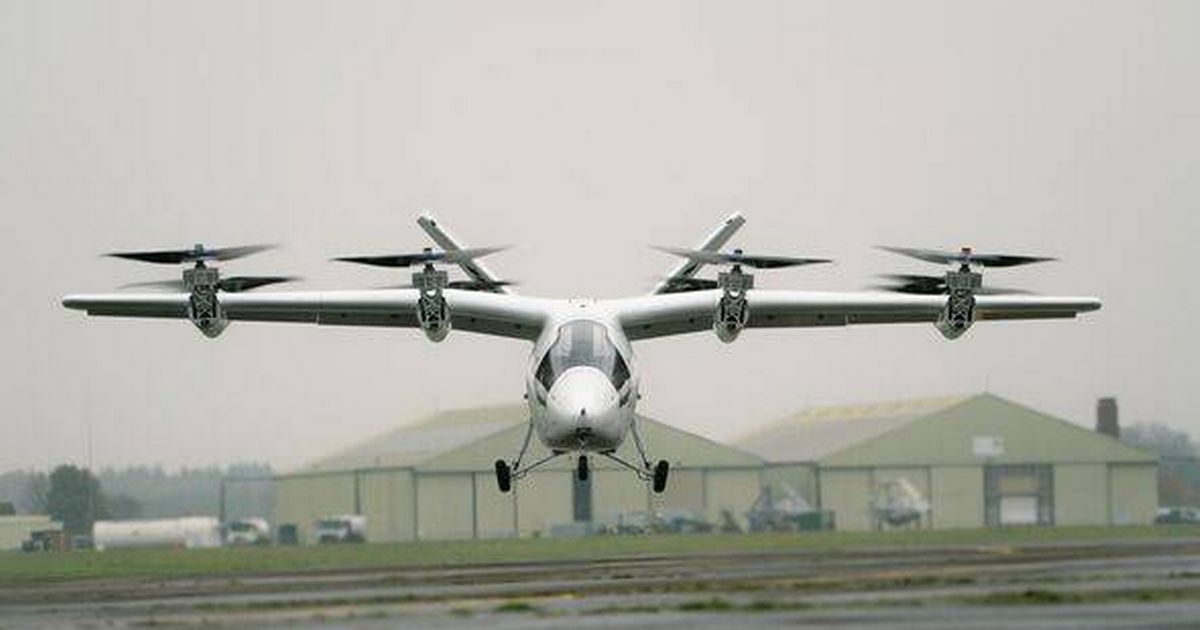The electric aircraft, capable of carrying four passengers plus the pilot, took off and landed vertically before making a conventional wing-borne flight
16:09, 29 May 2025Updated 16:43, 29 May 2025
 The air taxis will be able to take passengers from southwest London to Heathrow in just eight minutes, compared to 52 minutes by road.(Image: verticalaerospace/ Instagram)
The air taxis will be able to take passengers from southwest London to Heathrow in just eight minutes, compared to 52 minutes by road.(Image: verticalaerospace/ Instagram)
The UK’s pioneering flying taxi has edged closer to reality with its first significant real-world flight.
The electric-powered craft, designed to ferry four passengers alongside a pilot, hit an exhilarating 150mph during its inaugural cross-country flight – a European first for such a journey in open airspace.
Bristol-based innovators, Vertical Aerospace, are behind the creation of the VX4 electric aircraft, which was expertly piloted by Simon Davies.
Functioning like a helicopter, this flying taxi can perform vertical take-offs and landings, boasting the ability to cover up to 100 miles at a top speed of 150mph.
While earlier trials were under strict supervision, the recent flight over the Cotswolds on Tuesday (May 27) represented the debut of the prototype engaging in a traditional “wing-borne” flight in unrestricted skies, reports the Express.
Sign up to receive daily news updates and breaking news alerts straight to your inbox for free here.
“Our performance predictions were absolutely spot on, and the aircraft took off as a natural extension of all the ground tests and preparation we’ve done,” declared Mr Davies, labelling the experience as a clear career milestone.
 Flying taxis could be operational in the UK as soon as 2028.(Image: verticalaerospace/ Instagram)
Flying taxis could be operational in the UK as soon as 2028.(Image: verticalaerospace/ Instagram)
According to Vertical Aerospace, the future air taxis could shuttle passengers from Battersea to Heathrow Airport in just eight minutes, a stark contrast to the current road journey of 52 minutes or the rail trip lasting 1 hour and 5 minutes.
Interestingly, the novel air vehicles have piqued the interest of Brazilian and Turkish airlines for potential use at congested hubs such as Sao Paulo and Istanbul.
The triumph of the test flight follows Aviation Minister Mike Kane’s assertion that commercial drones and flying taxis might be up and running in the UK by 2028.
In April, the government disclosed a £20 million investment to advance a programme aimed at actualising these electric aircraft services.
“Achieving piloted wingborne flight in open airspace under the oversight of the UK CAA is an important moment,” remarked Stuart Simpson, CEO of Vertical Aerospace.
“Operating under the UK’s rigorous regulatory framework means we share the burden of safety with our regulator – every step must be approved.”
Click here to join our WhatsApp groupPrivacy Notice
